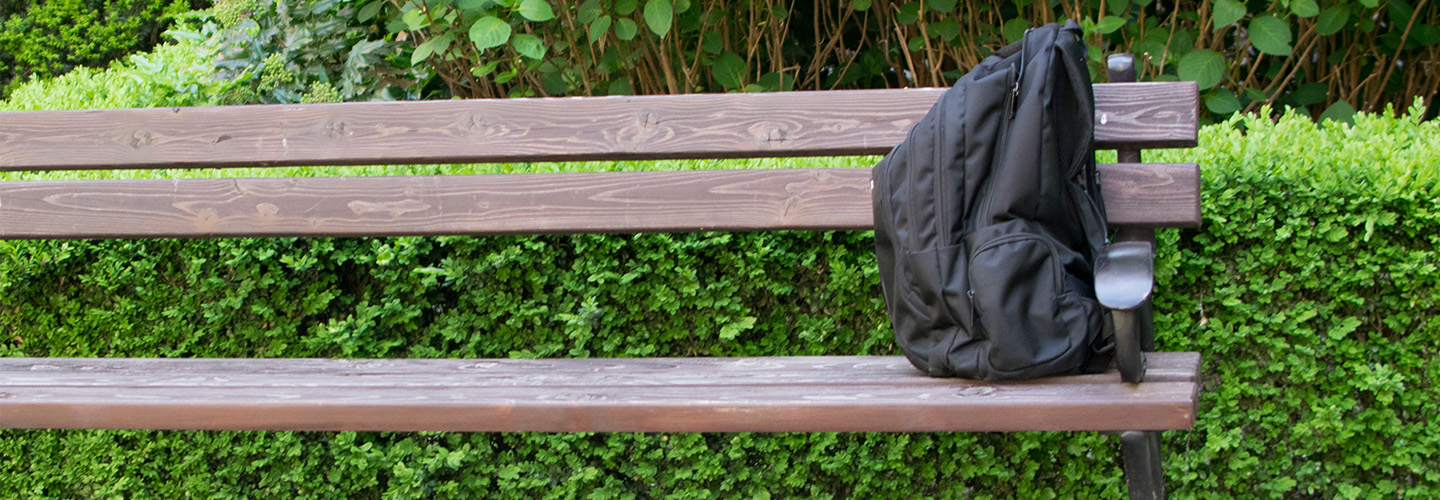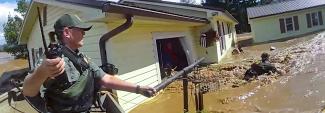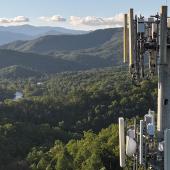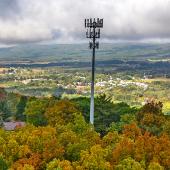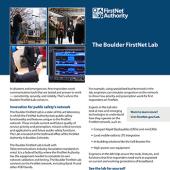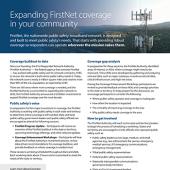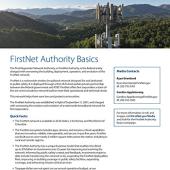Consider this scenario: a suspicious package is found at a sporting event in a large stadium. Bystanders have called 9-1-1 to report an unaccompanied backpack spotted under a seat. Wires are protruding from the top of the package. Dispatchers are sending a team to respond.
Successful response to this scenario — like many aspects of public safety — relies on good communications. To work together, the team must be able to gather and share the best, most up-to-date information. This is where technology can make a difference.
Here are five FirstNet technologies that help with a coordinated, connected, and safe response:
1 – Mission critical push-to-talk
Push-to-talk is an invaluable communications tool that instantly connects first responders with the click of a button. Push-to-talk apps can allow you to share data, including photos, videos, and GPS locations. Data tells a better story of what’s happening than voice communications alone.
Even when primarily communicating radio-to-radio, dispatchers can also use a device like a FirstNet-enabled dispatch console to communicate with responders both on radios and on smartphones with mission critical push-to-talk apps. Responders in the field can use a mission critical push-to-talk app to get more data-rich features for comprehensive information sharing. Push-to-talk apps are useful in many instances, including when not enough portable radios are available, when staff outside the coverage area need to monitor operations, or when there are equipment interoperability issues.
In the suspicious package scenario, push-to-talk allows on-scene responders to share photos of the backpack with the bomb squad technicians who are en route. Dispatchers can map multiple talk groups to communicate with the responders on scene and the incoming technicians.
2 – Livestreaming body cameras
Livestreaming body cameras can be a critical situational awareness and safety tool. Supervisors, dispatchers, operations centers, command posts, and other responders can view footage of an incident unfolding in near real-time. This allows for more informed decision-making, tactical advantage, and increased safety of the responder.
First responders can use devices like body worn cameras to livestream video of a scene for better situational awareness.
In the suspicious package scenario, both the initial responders and bomb squad arrive on scene wearing body cameras that are livestreaming footage back to their tactical commander and to dispatch. The footage helps to verify any explosive device in the backpack. Supervisors can also manage responders’ safety with the help of the livestream footage to spot threats.
3 – Vehicle routers
Responders need reliable connectivity on scene. Agencies can install devices like FirstNet-enabled vehicle routers in their response vehicles to establish and maintain connectivity in various environments.
In the suspicious package scenario, the first responders on scene using push-to-talk and the bomb squad technicians livestreaming video ensured their data was efficiently and reliably transmitted by connecting via routers.
4 – Z-axis location tracking
FirstNet’s Z-axis capability provides first responders with enhanced situational awareness not available with traditional GPS. In addition to latitude and longitude coordinates, z-axis provides a vertical location to help locate personnel in tall buildings.
Z-axis capabilities are available on FirstNet. With a FirstNet-enabled smartphone and a z-axis public safety app, supervisors and dispatch can track the in-building vertical location of personnel, vehicles, and other resources without verbal input.
In the suspicious package scenario, dispatchers from the emergency communications center use z-axis location to track first responders and bomb squad technicians to know who is nearest as they ascend to the upper stadium level with the package.
5 – Cell Booster Pro
When there is insufficient broadband indoors — whether due to the building’s structure, layout, or geography — FirstNet has a device to enhance coverage inside. The Cell Booster Pro acts as a miniature cell site to bring FirstNet service indoors, traditionally in the buildings where public safety works. Through FirstNet Authority investments, subscribing agencies can request up to three Cell Booster Pros to be installed at no additional cost. Additional devices are also available for purchase.
In the suspicious package scenario, the emergency communications center has a Cell Booster Pro installed to provide 15,000 square feet of coverage, ensuring that the emergency telecommunicators have FirstNet connectivity.
Technology in action
Interested in seeing these and other broadband technologies in action? Join us at 5x5: The Public Safety Innovation Summit on June 25-27 in Chicago, and check out the tech demos.


